ElNico
TPF Noob!
- Joined
- Aug 10, 2017
- Messages
- 109
- Reaction score
- 8
- Can others edit my Photos
- Photos OK to edit
This question is based on a premise that I could just be entirely mistaken about. If I am, by all means tell me.
In my research in learning about photography, both on here and elsewhere, numerous times I've encountered what appear to me to be passive allusions to the idea that "serious photographers edit their photos" - as in, all the time, in every case. Not every photo you take - goodness knows how much work THAT would be - but every photo that you intend on presenting in some capacity. There is no such thing as a photo that "does not need editing"; only photos that you don't bother to edit because you're not using them.
If that's not accurate, then by all means correct me. If it is, then, please pardon my staggering ignorance of the craft, but... why?
Don't get me wrong, I can think of no shortage of reasons to edit a photo. But nearly all of them are things that, it seems to me, can easily not be necessary for any given photo. The only thing I can think of that I can see why you would do it to a photo "all the time" is to crop it - and even then, I'm not sure if you actually need to do that EVERY time. I've seen professional photosets that I'm pretty sure have not been cropped.
So, am I just getting the wrong signal here? Or is there just that much that I don't know about "normal" photo editing?
In my research in learning about photography, both on here and elsewhere, numerous times I've encountered what appear to me to be passive allusions to the idea that "serious photographers edit their photos" - as in, all the time, in every case. Not every photo you take - goodness knows how much work THAT would be - but every photo that you intend on presenting in some capacity. There is no such thing as a photo that "does not need editing"; only photos that you don't bother to edit because you're not using them.
If that's not accurate, then by all means correct me. If it is, then, please pardon my staggering ignorance of the craft, but... why?
Don't get me wrong, I can think of no shortage of reasons to edit a photo. But nearly all of them are things that, it seems to me, can easily not be necessary for any given photo. The only thing I can think of that I can see why you would do it to a photo "all the time" is to crop it - and even then, I'm not sure if you actually need to do that EVERY time. I've seen professional photosets that I'm pretty sure have not been cropped.
So, am I just getting the wrong signal here? Or is there just that much that I don't know about "normal" photo editing?


![[No title]](/data/xfmg/thumbnail/32/32158-8de1a90710a58144b47a0cee83a6c820.jpg?1619735234)
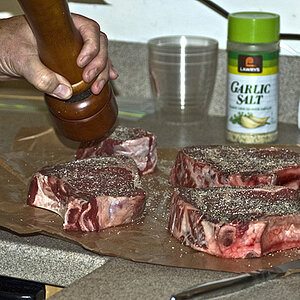
![[No title]](/data/xfmg/thumbnail/32/32161-a5da499a329f1fae945778aac75d4442.jpg?1619735234)
![[No title]](/data/xfmg/thumbnail/32/32159-cd588f68f116c390a4eaddec2380f1a6.jpg?1619735234)
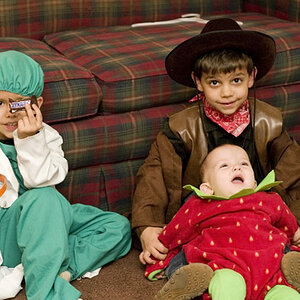
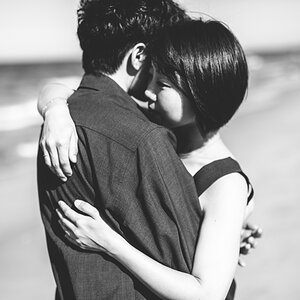
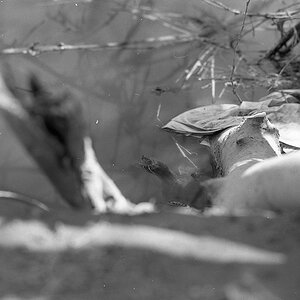
![[No title]](/data/xfmg/thumbnail/32/32157-d34c504b7ccf1335e959a8a2be6cfacc.jpg?1619735234)
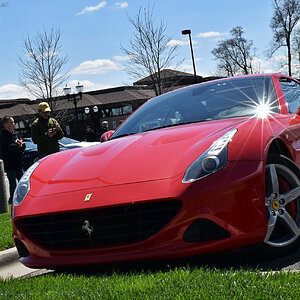
![[No title]](/data/xfmg/thumbnail/31/31509-b8abaec96e6e375688e269bc89f47652.jpg?1619734858)
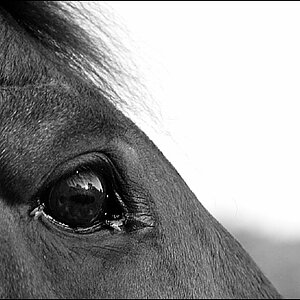
![[No title]](/data/xfmg/thumbnail/37/37614-3833b9d2e46075829c91cf9c0f47af69.jpg?1619738150)